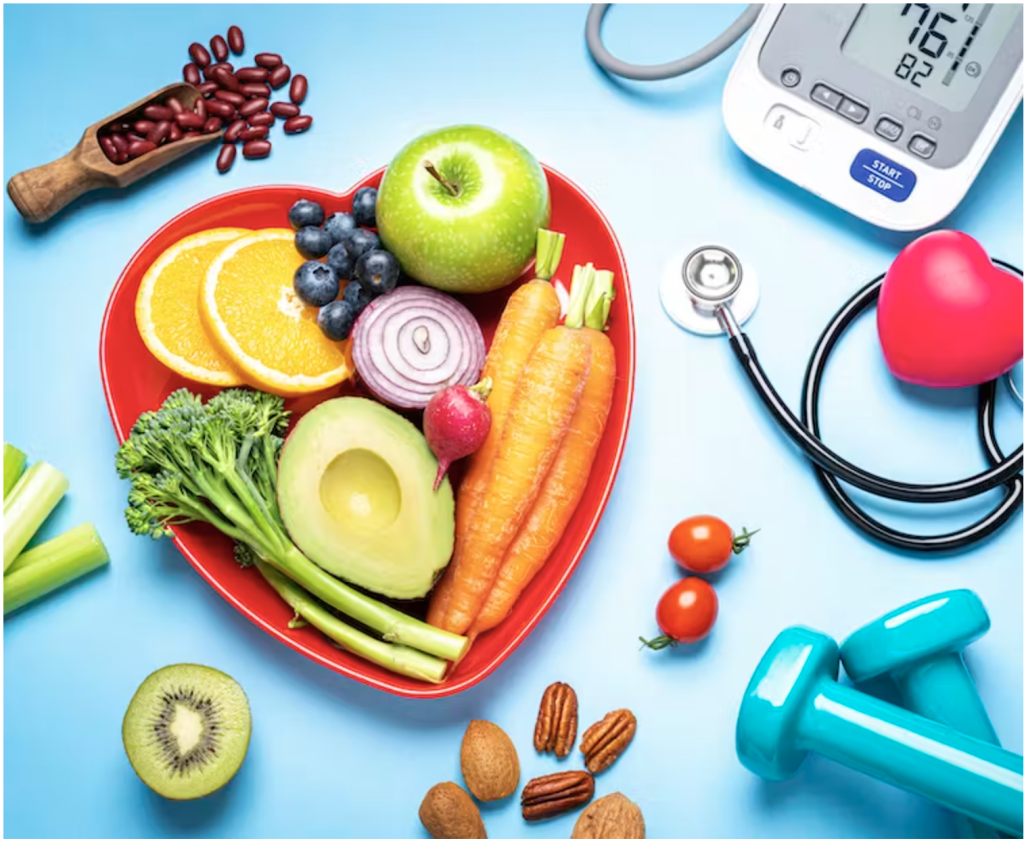Produce prescriptions have become a game-changing solution that enables doctors to give their patients affordable fresh produce like fruits and vegetables. The amazing advantages of these prescriptions in promoting better health outcomes, particularly for people at risk of cardiovascular disease, are highlighted by a recent study that was published in the journal Circulation: Cardiovascular Quality and Outcomes.
Positive Impact of Produce Prescriptions
Researchers examined data from 3,881 individuals, including adults and children at risk for cardiometabolic health issues, in 22 produce prescription programs spread across 12 states. The programmers’ notable benefits came from giving members an average of $63 a month to spend on fruits and vegetables.
Promising Research Findings
The study found that the subjects’ blood pressure, blood sugar, and body mass index all decreased. Additionally, they consumed more fruits and vegetables daily, leading to a better lifestyle. Children in the program were twice as likely to report better health than adults, who showed a 60% greater possibility of improving their health status.
Addressing Food Insecurity
It’s interesting to note that product recommendations also address the urgent problem of food insecurity, which is directly associated with unfavorable health consequences. These recommendations provide a glimmer of hope for underserved populations by cutting the participants’ likelihood of suffering food insecurity by one-third.
A Look at Food Insecurity
A balanced diet full of fruits, vegetables, and whole grains is essential for preserving heart health, according to experts. Poor dietary practices are blamed for over 500,000 fatalities per year in the United States. To lower this toll, the American Heart Association emphasizes the need to make informed eating decisions.
Importance of a Healthy Heart Diet
Eliminating obstacles to using fresh produce in diets is one of the standout benefits of produce prescriptions. The prescriptions reduce the financial strain while enabling people to try out new substances. This strategy not only takes care of the financial issue but also gives people more confidence to prepare and eat healthier meals at home.
Producing prescriptions essentially provides a viable route to a healthier future. These prescriptions offer a chance to reduce health inequalities, promote dietary improvements, and ultimately increase general well-being by facilitating access to fresh produce.

